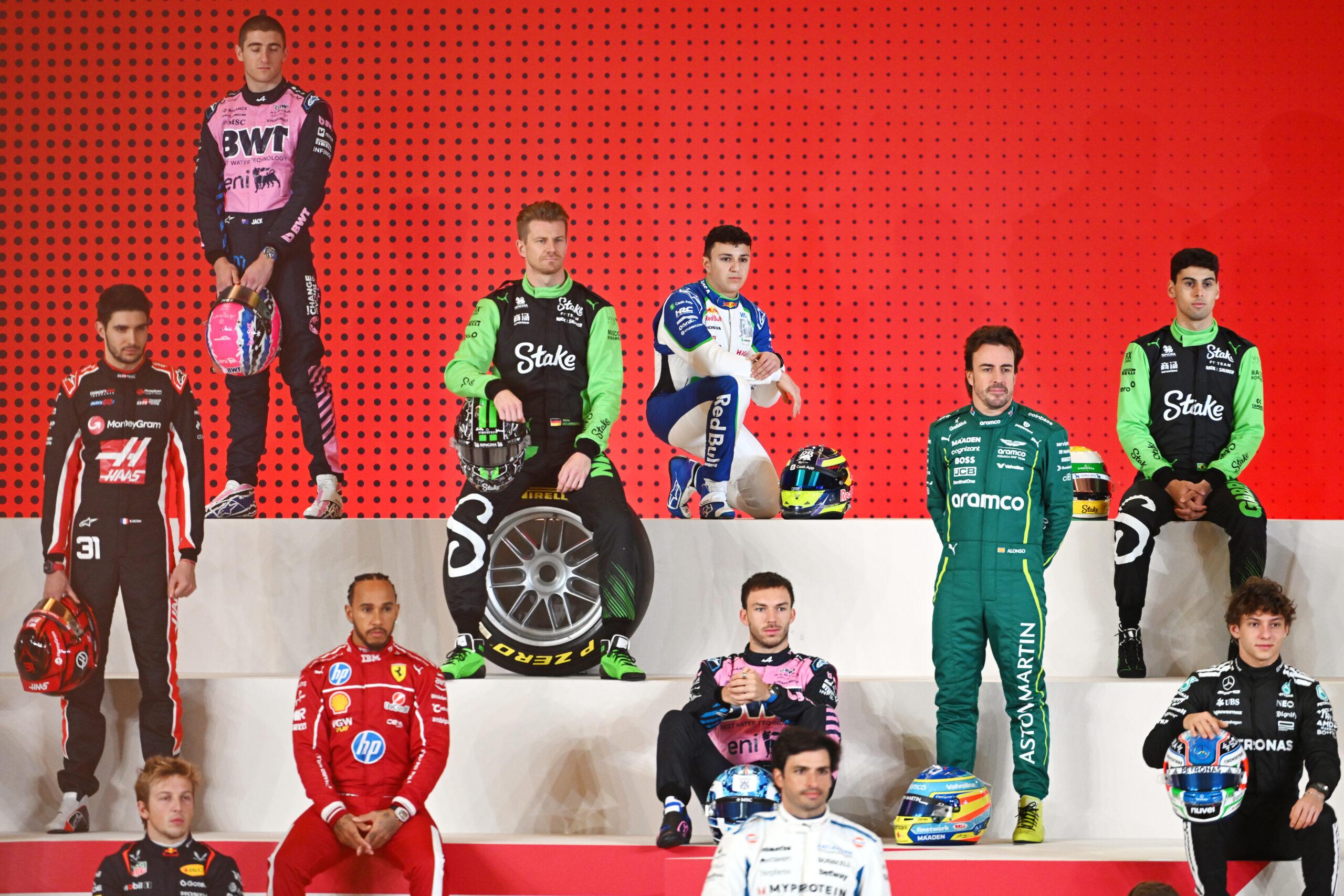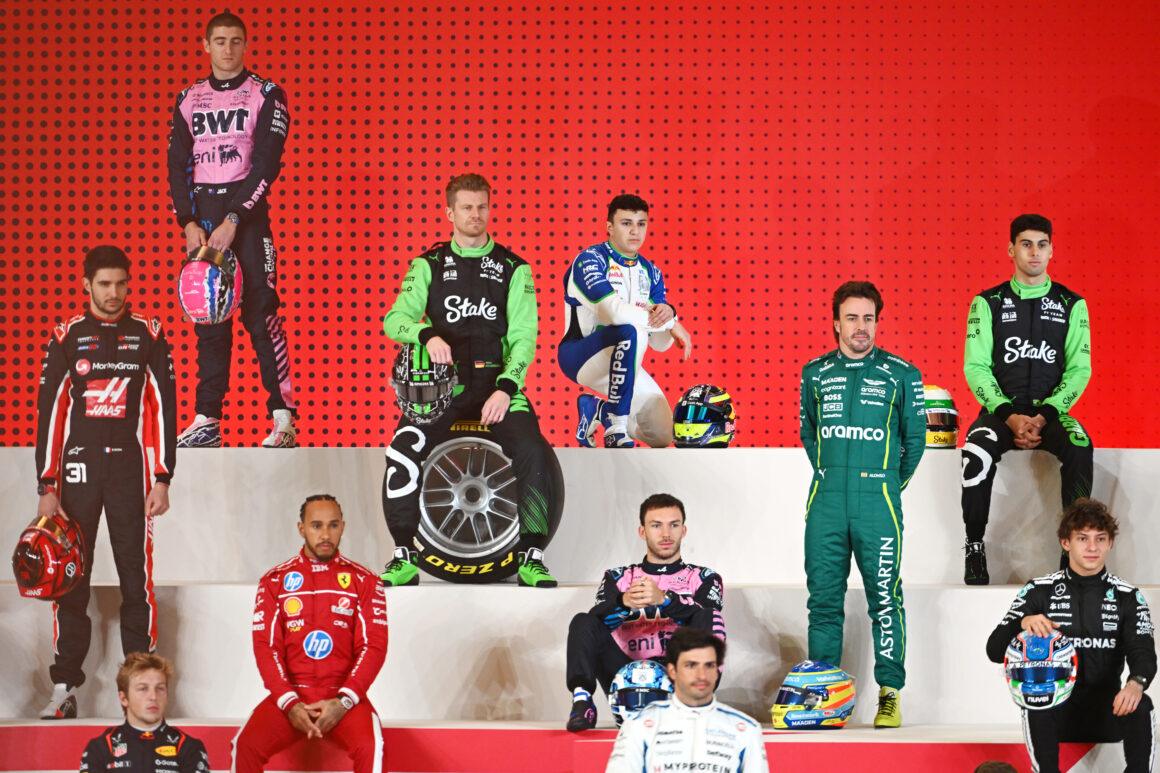The United States hasn’t just flirted with Formula 1. It’s hosted it, dumped it, revived it, renamed it, and spread it across more venues than any other country. From Savannah’s oiled-gravel madness to Vegas neon warfare, America’s F1 history is a traveling circus with occasional brilliance and frequent chaos. Grab your popcorn, this country collected Grands Prix like they’re Pokemon cards.
As of 2024, the US Grand Prix has been held 53 times across ten locations under the World Championship and the old American Grand Prize banner. Today, the US runs a triple-header nation: Austin, Miami, and Las Vegas. The competition? Reduced to expensive spectators.
The Pre-F1 Grand Prize Era: Dirt, Danger, and Drama
Before F1 was even a thing, the American Grand Prize raced through Savannah in 1908. Think militia on crowd control, convict labor laying oiled gravel, and race promoters praying no one flies into a fence. It was raw. It was deadly. It was very American.
Races bounced from Long Island misfires to Milwaukee heartbreak, then out west to Santa Monica and San Francisco. The rain showed up like that friend who always causes drama, and the boards on the main straight warped. File this under: Yikes.
Where It Ran (1908–1916)
- Savannah, Georgia – 1908, 1910, 1911: European factory teams vs. American grit. Tight finishes, tighter nerves
- Milwaukee/Wauwatosa, Wisconsin – 1912: Trapezoid road course, tragedy in practice, a one-and-done
- Santa Monica, California – 1914, 1916: Pacific-side blasts and early American road-racing culture
- San Francisco, California – 1915: Mud, wrecked boards, and Dario Resta strolling to victory
After 1916, America ghosted road racing. The Indianapolis 500 kept the Grand Prix embers alive, even counting for the World Championship from 1950–60. Different world, same need for speed.
Riverside and Sebring: The First F1 Forays
Welcome to the 1958–60 American one-two: Riverside and Sebring. Riverside’s 1958 race wasn’t F1 championship, but it set the stage. Sebring 1959? Full championship, full chaos, full last-lap drama. Bruce McLaren stole it when Jack Brabham ran out of fuel and pushed his car home like a CrossFit finalist.
The problem? Promoters broke even if they were lucky. Prize checks bounced. Sponsors frowned. Somewhere, a PR manager just had a minor stroke.
Watkins Glen: The Mecca And The Mayhem (1961–1980)
Now we’re cooking. Watkins Glen landed the USGP in 1961 and held it for twenty straight years. This was the era of big names, bigger prize purses, and occasionally catastrophic safety. The Glen was called the “Mecca” of American road racing. On good days, it absolutely earned it.
Innes Ireland, Jim Clark, Graham Hill, Emerson Fittipaldi—legends owned this place. Titles were clinched, records set, and chequebooks opened. The track evolved in 1971 with a longer layout and new pits. The drivers loved the challenge. The fans loved the vibes. The Bog? Not so much.
Highlights and Heartbreak
- 1968: Mario Andretti on debut pole; Jackie Stewart takes the win. Classic
- 1970: Fittipaldi wins; Rindt becomes F1’s only posthumous champion
- 1973: François Cevert’s fatal crash. Stewart retires on the spot. The plot thickens like Ferrari’s excuse list
- 1974: Helmut Koinigg’s fatal accident; Reutemann wins
By 1980, money ran thin, the surface went bumpy, and security issues piled up. FOCA even floated a loan to keep it alive. It wasn’t enough. The Glen tapped out after 1980. Another masterclass in how NOT to run a long-term venue.
Street Fights: Detroit, Dallas, Phoenix, And A Casino Parking Lot
With the Glen gone, America did what America does: tried everything. Long Beach (USGP West) became the hot West Coast ticket. Detroit (1982–88) turned downtown into a chicane festival. Dallas 1984 melted in 104°F heat. And Caesars Palace in 1981–82? Yes, we raced F1 in a parking lot. The wind played favorites. Apparently it’s a Vegas fan.
Then came Phoenix (1989–91). A grid-layout street circuit with 90-degree corners. Senna dominated. The fans didn’t. Attendance sagged, and the series bailed. File this under: experimental era.
Indianapolis Motor Speedway: The Brickyard Bet (2000–2007)
F1 at Indy was a power move. Over 225,000 fans showed up in 2000. Schumacher stacked wins, Hamilton won in 2007, and the oval-meets-infield layout actually served up solid racing.
Then 2005 happened. Michelin’s tire fiasco left only six cars to start. The rest parked after the formation lap. Boos echoed. Broadcasters winced. F1’s credibility faceplanted on US soil. The race limped to 2007, then died over money and trust.
Austin: COTA Becomes Home Base (2012–present)
Bernie said he’d never return to Indy. Fine. Texas it is. Circuit of The Americas launched in 2012 with Hermann Tilke’s greatest hits: Silverstone-style sweepers, Suzuka rhythms, Hockenheim stadium flow, and that towering Turn 1. Lights out and away we… oh wait, Hamilton already won.
COTA’s weather plays character. In 2015, the rain crashed the party. In 2016, Taylor Swift drew more fans than some midfield teams do sponsors. Since then, it’s become the USGP anchor: big crowds, big shows, big sector-two commitments.
Miami and Las Vegas: America Goes Full Triple-Header
In 2022, Miami joined with a pseudo-street layout wrapped around Hard Rock Stadium. Glossy, fast, and designed for selfies. In 2023, Las Vegas roared onto the calendar down the Strip, and the spectacle dial hit 11. Night race. Neon everywhere. Cold temps. The wind showed up like it owned the joint.
Traditionalists clutched pearls. The show delivered anyway. Welcome to F1’s American era: racing meets entertainment, and the TV cameras are the fourth car on the podium.
All American F1 Venues: The Full Roll Call
Ten venues have carried World Championship weight in the US, plus the American Grand Prize circuits that predate F1. Some iconic, some infamous, all part of the mythology.
- Savannah Road Course (GA) – American Grand Prize 1908, 1910, 1911
- Milwaukee/Wauwatosa (WI) – American Grand Prize 1912
- Santa Monica (CA) – American Grand Prize 1914, 1916
- San Francisco/Panama–Pacific (CA) – American Grand Prize 1915
- Sebring International Raceway (FL) – United States Grand Prix 1959
- Riverside International Raceway (CA) – USGP 1960; non-championship 1958
- Watkins Glen (NY) – USGP 1961–1980
- Detroit Street Circuit (MI) – 1982–1988
- Caesars Palace (NV) – 1981–1982
- Dallas Fair Park (TX) – 1984
- Long Beach (CA) – USGP West 1976–1983
- Phoenix Street Circuit (AZ) – 1989–1991
- Indianapolis Motor Speedway – Road Course (IN) – 2000–2007
- Circuit of The Americas, Austin (TX) – 2012–2019, 2021–present
- Miami International Autodrome (FL) – 2022–present
- Las Vegas Strip Circuit (NV) – 2023–present
Bonus history: the Indianapolis 500 counted toward the F1 World Championship from 1950 to 1960. Different discipline, same trophy points. Historical callback: channeling 1950s F1, except everyone turned left a lot more.
Signature Moments, American Style
Want drama? The US has receipts. Stirling Moss soloed a privateer win at Riverside 1960. Jack Brabham ran dry at Sebring 1959 and pushed. At the Glen, Graham Hill and Jim Clark swapped crowns like it was routine. Andretti took a US pole in 1968, then won at Long Beach ’77. Legends doing legend things.
At Indy 2005, the sport face-planted. At Austin 2012, F1 re-won America. In Miami and Vegas, it went mainstream celebrity. Somewhere, a purist is still pacing. Meanwhile, ticket sales laughed.
Why America’s F1 Footprint Works Now
Three races. Three identities. COTA is the driver’s track. Miami is the content machine. Vegas is the midnight spectacle. Together they feed the Netflix-fueled audience and give teams a sponsor playground. Bold strategy? Yes. But this time, it’s actually working.
And the weather? It’s a character now. Austin heat cooks tires. Miami humidity ruins haircuts. Vegas nights freeze brakes. Adapt or get reduced to expensive spectators.
Quick-Reference: US F1 Eras By Venue
| Era | Primary Venue(s) | Vibe |
|---|---|---|
| 1908–1916 | Savannah, Milwaukee, Santa Monica, San Francisco | Wild roads, European vs. American grit |
| 1959–1960 | Sebring, Riverside | Birth pangs of US F1 |
| 1961–1980 | Watkins Glen | The Mecca, big names, bigger purses |
| 1981–1988 | Caesars, Detroit, Dallas, Long Beach (West) | Street circuits and spectacle |
| 1989–1991 | Phoenix | Square corners, Senna supremacy |
| 2000–2007 | Indianapolis | Huge crowds, Michelin meltdown |
| 2012–present | Austin (COTA), Miami, Las Vegas | Triple-threat, entertainment era |
Final Lap: America’s F1 Identity
The US didn’t just join F1. It rewrote its hosting playbook. From Watkins Glen’s raw purity to Vegas opulence, it’s a saga of extremes. Sometimes the strategy was ‘let’s do exactly what lost us the last three races.’ Sometimes, like Austin, it was genius.
Today’s trio proves it: when America gets it right, everyone else goes back to karting school. The next chapter? Bigger, louder, faster. The plot thickens like Ferrari’s excuse list.

